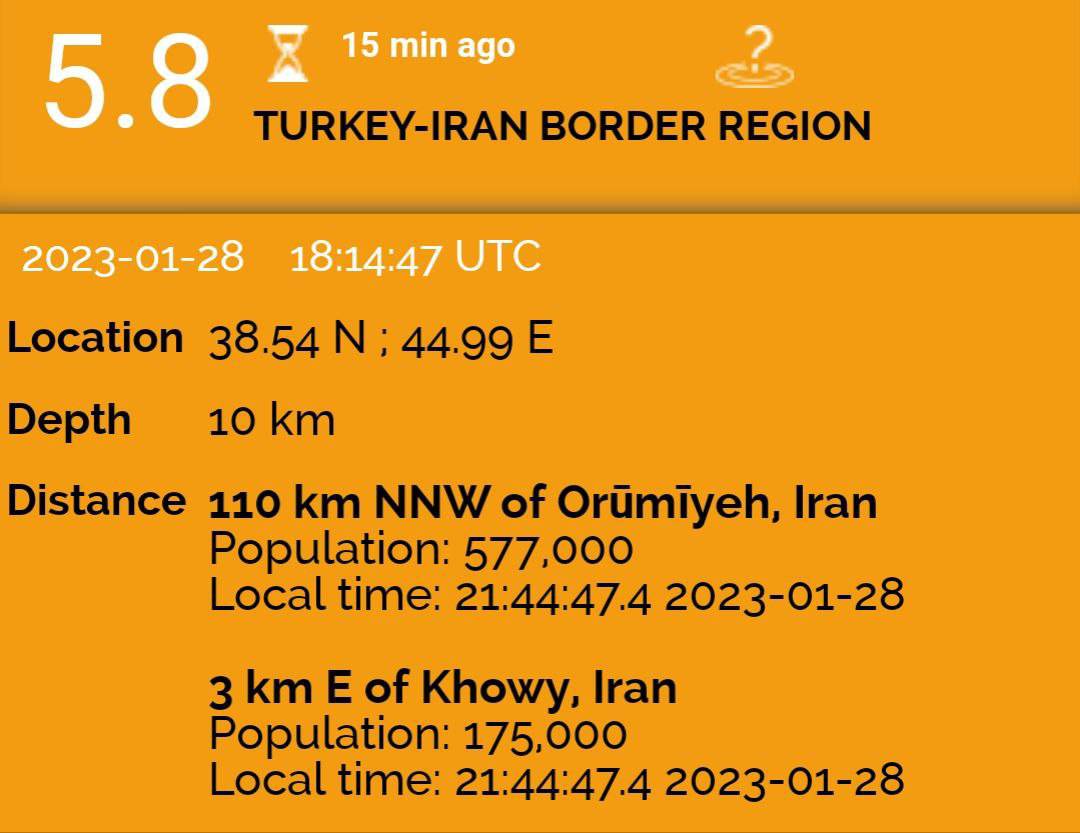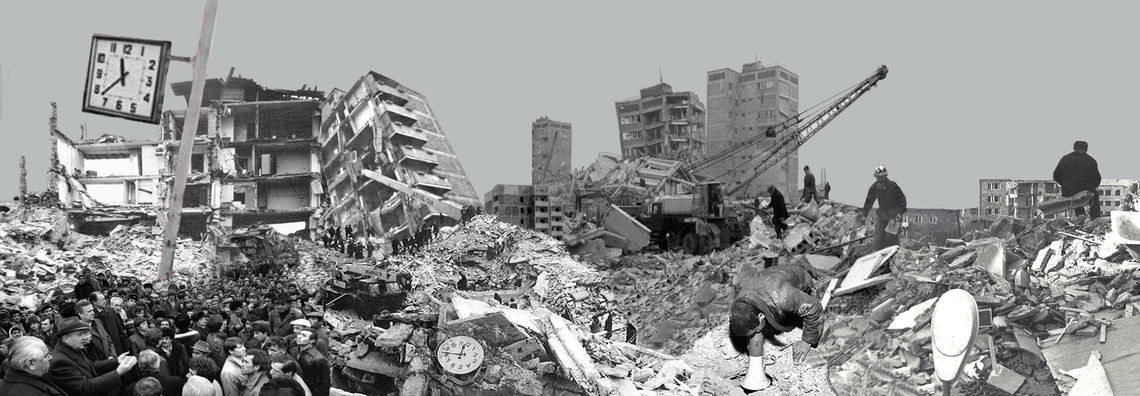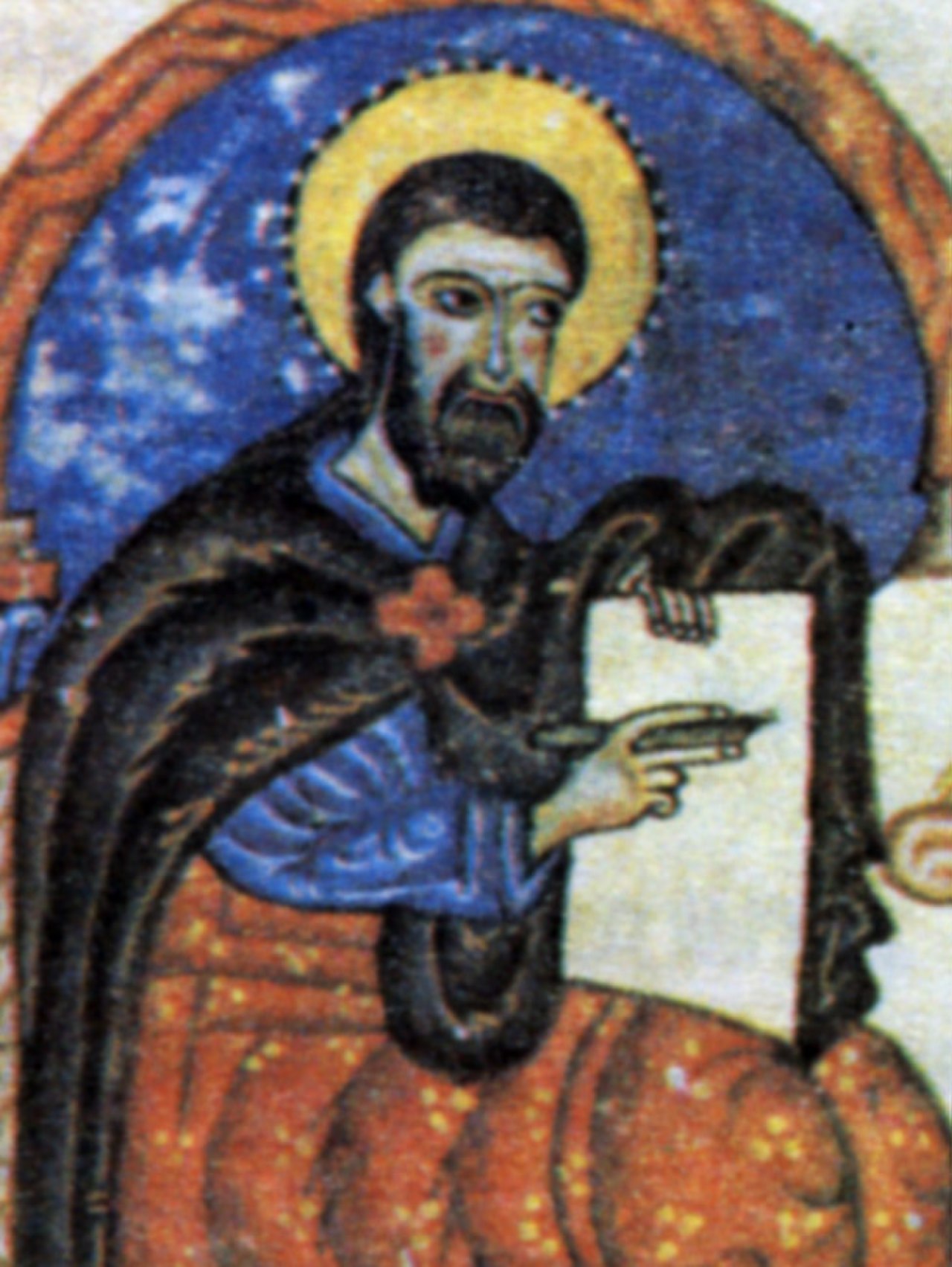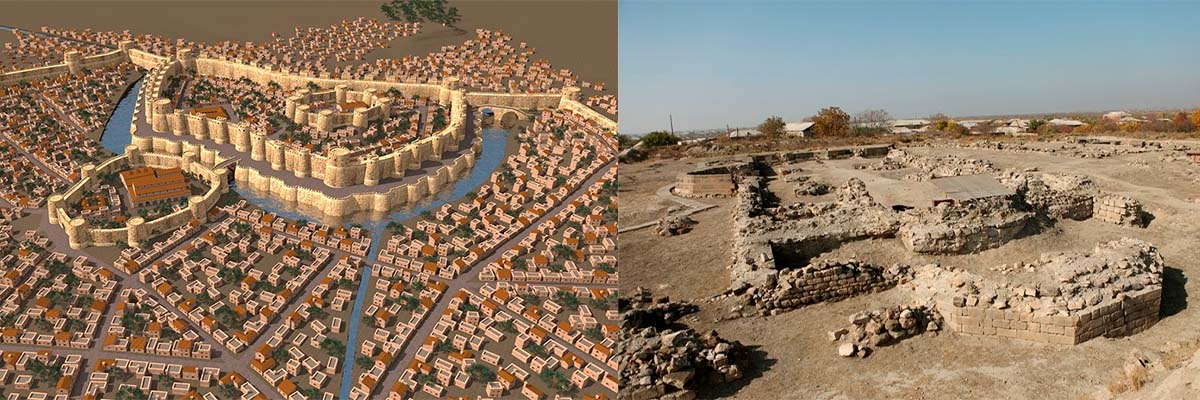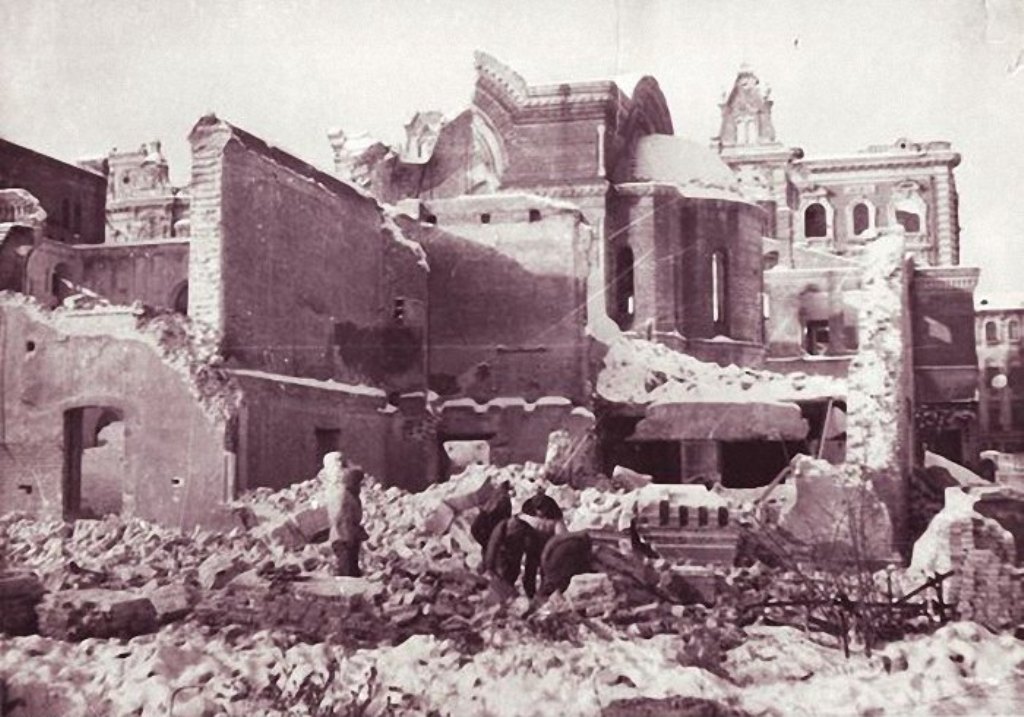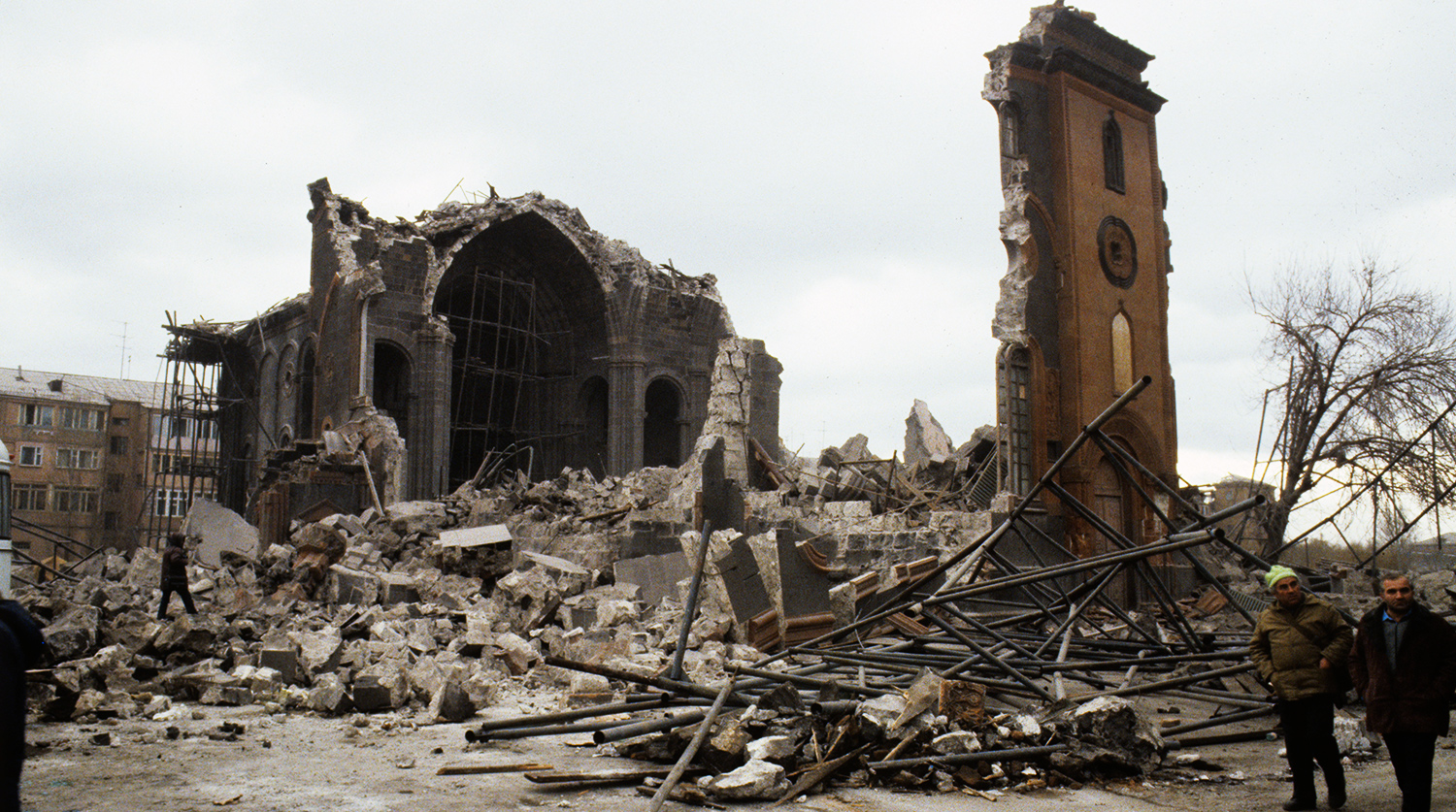Հիշեք. երկրաշարժը ձեզ, ամենայն հավանականությամբ, հանկարծակիի կբերի։ Ինքնատիրապետում, հանգստություն և հստակ կշռադատված գործողություններ. ահա թե ինչ է ձեզ անհրաժեշտ։ Ձեր հանգստությունը վստահություն կներշնչի շրջապատին։
Հիշեք, որ նույնիսկ ավերիչ երկրաշարժի դեպքում շենքերը միանգամից չեն փլուզվում։ Գյումրիի (9 բալ) ավերածությունների վերլուծությունը ցույց տվեց, որ 10 հարկանի շենքերը սկսել են փուլ գալ առաջին ցնցումից 10-12 վրկ. հետո։ Դա այն ժամանակն է, որի ընթացքում փրկվելու համար որոշակի գործողություններ կկարողանաք ձեռնարկել։
Հիշեք, որ երեխաները, ծերերը և հիվանդները ձեր օգնության կարիքն ունեն։ Նրանց կարիքները հոգալով` դուք չեք երկյուղի ձեր կյանքի համար և կարող եք ավելի հավասարակշռված գործել։
Հիշեք, ձեզ որոնում են, և ձեր փրկության համար կօգտագործվեն բոլոր հնարավորությունները։
Եթե երկրաշարժի ժամանակ շենքում եք.
ա. Եթե բարձրահարկ շենքի 1-ին և 2-րդ հարկերում եք, աշխատեք անհապաղ դուրս գալ շենքից, հեռացեք դեպի բաց տարածություն:
բ. Եթե գտնվում եք 3-րդ և ավելի բարձր հարկերում, շենքից դուրս մի եկեք, աստիճաններն ու սանդղակները խցանված կլինեն խուճապահար մարդկանցով, վերելակները կարող են անջատվել ցանկացած պահի։ Բացի դրանից, առաջին հերթին, սովորաբար, աստիճաններն ու սանդղակավանդակները փլվում են։
գ. Կարելի է կանգնել շենքի միջին մասի հիմնական կրող պատերի, նրանցով կազմված անկյունների, այդ իսկ պատերում դռան բացվածքների և հենասյուների մոտ` գլխավերևում պահելով աթոռ, պայուսակ կամ այլ համապատասխան իր` վերևից թափվող ծեփակտորներից պաշտպանվելու համար։ Կարելի է նաև մտնել տարածքում գտնվող մահճակալի կամ սեղանի տակ:
դ. Պատուհաններից և շենքի արտաքին պատերից հեռու մնացեք, դրանք փլվում են առաջին հերթին` փշրվող առարկաներից չվնասվելու համար:
ե. Զգուշացեք ծանր ու մեծածավալ առարկաներից` պահարաններից, սառնարաններից, որոնք կարող են տեղաշարժվել և շրջվել:
զ. Ցնցումների ավարտից հետո փորձեք դուրս գալ շենքից` նախապես որոշված ճանապարհով:
է. Շենքից դուրս գալուց զգուշացեք ընկնող բեկորներից, կոտրատված ապակիներից, կտրված էլեկտրալարերից:
ը. Փլուզումներից առաջացած փոշուց կարող եք շնչահեղձ լինել։ Այդ իսկ պատճառով շնչելիս օգտագործեք` թաշկինակ, գլխաշոր կամ հագուստից պոկված մի կտոր։
Եթե երկրաշարժի ժամանակ գտնվում եք փողոցում.
ա. Հեռացեք շենքից, կամուրջներից և էլեկտրասյուներից հեռու, դեպի անվտանգ տարածություն:
բ. Երբեք շենք չմտնեք այնտեղ գտնվողներին դուրս բերելու համար. դա շատ վտանգավոր է։
Մնացեք դրսում, միաժամանակ փնտրեք նրանց օգնելու տարբերակներ։
Եթե երկրաշարժի ժամանակ գտնվում եք ընթացող տրանսպորտում.
Երբ սկսվում է ուժեղ երկրաշարժ, վարորդի ձեռքից թռչում է ղեկը։ Տպավորությունն այնպիսին է, կարծես թողել է մեքենայի անիվը։ Այդ ընթացքում, պետք է դանդաղեցնել ավտոմեքենայի ընթացքը և շարժվել ճանապարհի աջ կողմով, կանգ առնել համեմատաբար բաց տարածությունում` կամուրջներից, բարձրահարկերից և էլեկտրասյուներից հեռու։ Մնացեք մեքենայում, հետևեք մեքենայի ռադիոընդունիչով տրվող տեղեկատվությանը և գործեք համաձայն դրա։
Բոլոր մեքենաների մուտքը դեպի աղետի գոտի խստիվ արգելվում է, բացի մասնագիտացված տեխնիկայից, փրկարարական ջոկատներից, հրշեջ խմբերից և շտապօգնությունից։
Եթե արթնացել եք ստորգետնյա ցնցումներից.
ա. Ոչ մի դեպքում չօգտվեք էլեկտրականությունից, չօգտագործեք լուցկի կամ գազայրիչ (գազատարը կարող է վնասված լինել)։
Օգտվեք միայն գրպանի լապտերից։
բ. Հագնվելու վրա ժամանակ մի վատնեք, արագ վերցրեք ամենաանհրաժեշտ իրերով պայուսակը, գործեք բաժնի նախորդ կետերում նշված կանոնների համաձայն։


